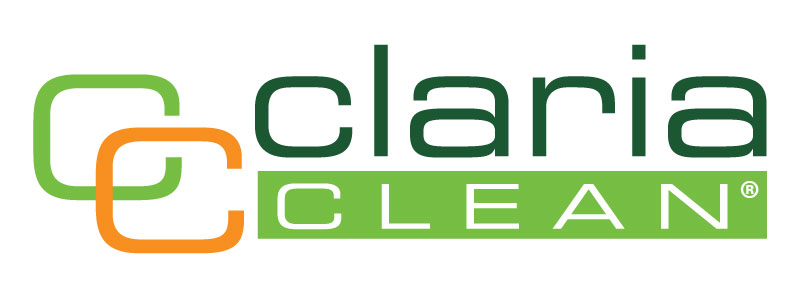Mold is challenging to detect and important to remove.
Mold leads to all kinds of costly, damaging problems. Sometimes it’s hard for us to enjoy staying in a hotel, because we can easily detect water damage and subsequent mold outbreaks that are often invisible to others. Due to the nature of mold, it’s only a matter of time before these outbreaks take off.
To make you aware of the unexpected places mold can flourish, here are five places we’ve identified where mold often hides.
- Cavity Walls – Though well-known for structural soundness and protection from the elements, moisture can easily accumulate in the space between cavity walls, where mold can flourish. We’ve addressed cases where mold growth in cavity walls has gone undetected for years. To keep mold growth at bay, be sure any water leaks are quickly identified and treated, that vapor barriers have been installed, and all cracks in the walls have been adequately filled.
- Paper – Nope, not even paper is benign when it comes to mold growth. Office buildings that still rely on paper archives and documentation are particularly susceptible to this one. Boxes full of papers stored on floor surfaces and in basements, combined with water damage, create the perfect environment for excess mold growth. Be sure water damage is professionally treated, which will ultimately save you time, money and mold prevention, and keep paper archives in a storage area controlled for temperature and humidity, not on the floor. Just trust us on this one.
- Electrical Equipment Areas – On the floor or walls where electrical fixtures and cables have been installed are prime growth areas for mold. Yum. Moisture forming around these areas can give way to mold growth, especially if water damage is present.
- Carpet – If not treated properly, that beautiful oriental rug that cost you a fortune, or that really gross rug that covers the floor of your facility – doesn’t matter – can become a choice breeding ground for mold. Water-damaged fabric holds moisture, which is often further exacerbated by excess humidity. Though each outbreak should be examined on a case by case basis, if treated within 48 hours with a wet-vac and fans or dehumidifiers, you stand a much better chance of decreasing mold growth and carpet damage. Love or hate your carpet, mold doesn’t really care.
- Ceiling Tiles – Commercial facilities are frequently built with acoustical ceiling tiles and often attract moisture, particularly around ceiling HVAC systems, which often receive the brunt of the most humidity and dirt. Apart from water damage stains, occupants may not notice mold growth – however, any water damage stains should be immediately examined and treated to avoid a larger problem.
